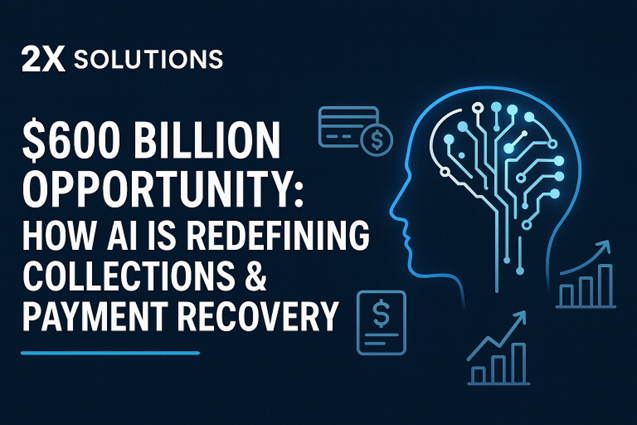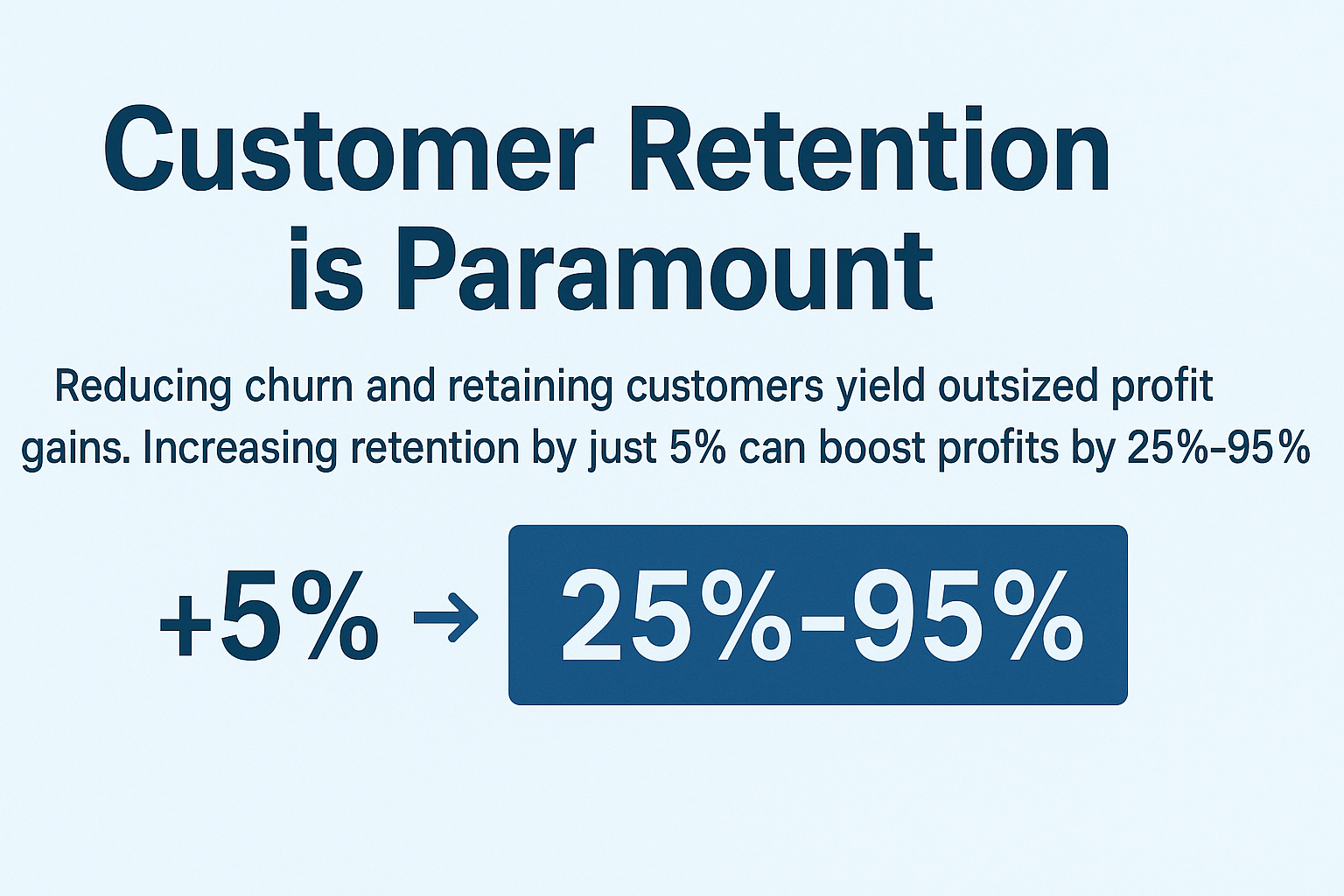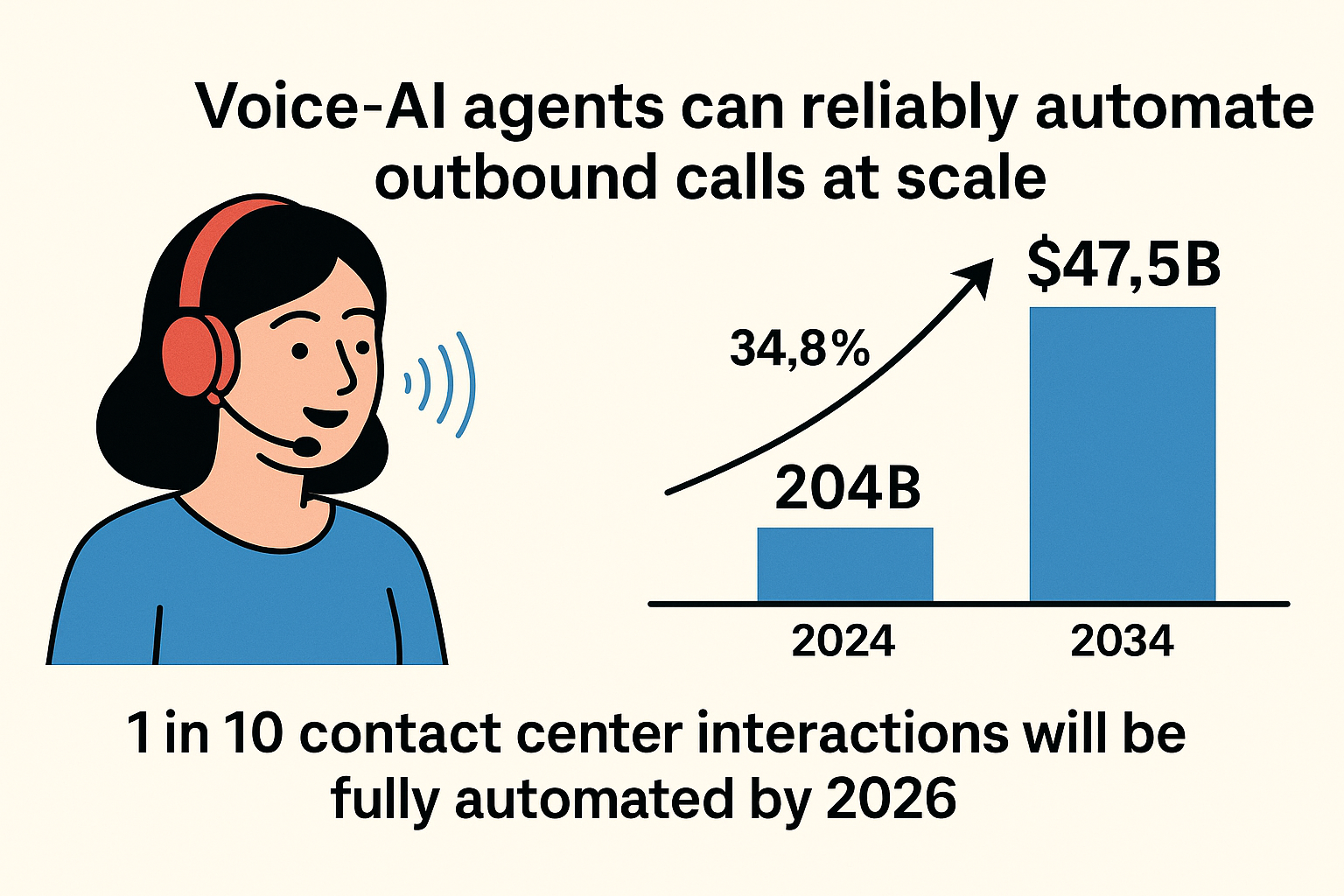If we’re talking about homo sapiens, we’re only talking about 200,000 years. Interestingly, research suggests that human communication through speech is a little younger–between 50,000 and 70,000 years. Is it any wonder, then, that the world has been dumbstruck by how fast natural language processing in AI is changing the conversation?
Natural language processing underpins daily life. It is how we keep up with everything, from changing speech patterns to new words. NLP is also the mechanism that allows different forms of artificial intelligence, like Conversational Voice AI, to expand their repertoire.
Below are the latest Natural Language Processing insights for a deeper appreciation of the fundamental role of NLP in artificial intelligence initiatives.
Your Introduction to Natural Language Processing
Human speech evolved over millennia, splintering into more than 7,000 languages globally. Even then, early human speech was primitive, and by some accounts, sounds as opposed to words. Many historical experts believe that humans started developing languages and communicating with them only about 20,000 years ago.
Looking at where AI is today, isn’t it mind-blowing to think that researchers like Alan Turing first started experimenting with artificial intelligence in the 1950s? The birth of this “natural language processing” occurred even before that, with researchers tinkering with NLP in the 1940s after World War II ended. The aim there was an attempt to create a machine capable of translating one language into another language, for obvious reasons in wartime.
While the NLP researchers in the 1940s and 50s weren’t successful at first, they laid a foundation for later advancements in speech recognition. American mathematician and scientist Warren Weaver wrote an important memorandum, now known as the Weaver Memorandum, that sold people on how powerful computers could become. It was this document that inspired companies like Bell Labs and IBM to introduce the world’s first speech recognition systems way back in the 1950s and 1960s.
So, what is Natural Language Processing? It’s a type of technology that enables computers to recognize, interpret, and respond to human language. NLP also lets humans “train” a computer to process human speech through the use of methods like:
- Computational linguistics (unraveling written and spoken language).
- Deep learning (brain simulation).
- Machine learning (imitation using data and algorithms).
Of course, NLP really started to take shape from the 1970s to the 1990s, once computers began delivering better performance. These computing advancements made real-time speech recognition possible, so it wasn’t long before new machine-learning techniques helped computers “learn” existing languages. You might even say it was effortless.
What Are the Fundamentals of Human Speech?
On average, babies start talking when they’re between 12 and 18 months old. At first, it is just a few words. By the time they are adults, though, those same humans will know 20,000 to 35,000 words, on average.
People learn many of the same words throughout their lives, but these words don’t always sound the same via different voices. Everything from anatomical differences to speaker variability causes human speech to vary from one person to the next, often considerably. So, how does natural language processing in AI work things out?
NLP rests on one principle–every human body produces speech in the same way. Here’s what happens as we speak:
- Air moves from your lungs in the direction of your larynx.
- The larynx allows this air pressure to build.
- The pressure built up near the larynx opens your vocal folds.
- As your vocal folds let air pass through them, you produce sounds.
- The sound travels on the air as it moves through your mouth and nose and your tongue and lips transform the sounds into speech.
Some people have larger vocal folds than others, which results in their voices sounding deeper. Other people have nodules on their vocal cords, which leads to their voices sounding raspy. Larynxes that are on the smaller side make a high-pitched voice.
Linguistic principles also impact how people comprehend human speech. Phonology, syntax, morphology, semantics, and pragmatics further complicate how humans (and computers) interpret speech. So, even just slight differences in the body or word formation tendencies could make human speech difficult to decipher, depending on who is speaking and who is listening.
Challenges in Human Speech Comprehension: Clarity, Context, and More

There are countless reasons it took hundreds of thousands of years for human speech to get to where it is today. One of the biggest reasons is that clear speech isn’t enough for effective communication–those listening must also comprehend what they’re saying. We’ve all been there when ambiguity causes problems, whether someone takes offense where none was intended or what the speaker imparts is open to a few different interpretations.
Context is fundamental in human speech comprehension. It’s not just in mainstream media that people report statements taken “out of context” by others because they aren’t paying close enough attention. Of course, these same challenges extend to effective natural language processing in AI.
Understanding human speech with NLP is one thing; processing speech and fully comprehending it is quite another.
Refining NLP for Better Speech Recognition
A key development in speech recognition took place in the 1950s with the introduction of Automatic Speech Recognition technology. This complex technology uses machine learning and AI to take human speech and convert it into “readable” text (by computers). Thanks to the tsunami of technological advancements over the last 75 years, this ASR technology is now infinitely more accurate than it used to be.
How does ASR make natural language processing possible? It allows machines to:
- Listen to human speech, comprehend the words, and translate everything into text that a computer can process.
- Respond to human speech accordingly.
- Summarize large quantities of data based on human speech.
Understandably, there is always room for improvement, and that applies to ASR technology as well. The industry is using techniques like speaker diarization, which is helpful where more than one person is speaking to a machine. Reducing the amount of data given to a machine at one time can also boost its interpretation accuracy (in the same way that humans focus better with one-on-one conversations).
Decoding Natural Language
For AI and human speech analysis to work, natural language processing needs to include decoding words. For humans, this has been a struggle, let alone for non-humans.
Fortunately, NLP researchers have established steps that machines can take to decode natural language, such as:
- Lexical analysis: Uses a process called “tokenization” to break down human speech into words, phrases, and meaningful parts of speech.
- Syntactic analysis: Evaluates the relationships between words and phrases.
- Semantic analysis: Analyzes the deeper meanings based on how people use words and phrases.
- Discourse integration: Enables a better understanding of the bigger picture.
- Pragmatic analysis: Allows machines to comprehend intent.
Even with these various steps in place, decoding natural language can challenge machines since language itself is dynamic. There’s lingo, new word additions, mixed dialects, and new ways to use old words, all of which forces NLP to adapt continually. With AI, that’s why “learning” is so valuable.
Sentiment Analysis and Opinion Mining: The Emotion Behind the Words

Sentiment analysis, also known as opinion mining, is yet another important aspect of natural language processing in AI. Every time you speak, your speech takes on a certain emotional undertone. Can computers tell whether this is positive, negative, or neutral?
Well, yes, NLP can determine the tone of human speech via a number of methods. It can also provide one of the most practical NLP applications in human language–evaluating human speech from large groups to see how the crowd seems to feel about a particular issue. Since this is effectively AI taking the temperature of the room, businesses find this useful when performing tasks like:
- Social media monitoring.
- Reputation management.
- Customer service analysis.
Although many companies rely on opinion mining to automatically generate important marketing-related information, limitations include trouble with detecting sarcasm and not always understanding key cultural differences.
There are also ethical concerns. For example, some people argue that NLP may aggravate privacy issues or lead to companies misinterpreting information from their customers who are trusting them to get things right. As technology develops, these types of challenges should resolve.
Future Perspectives on NLP and AI
Of course, natural language processing isn’t finished. While the concept spans almost a century, this is only the beginning, and things are moving fast.
What might the future hold? Here are a few reasonable predictions about NLP:
- Even more accurate human speech recognition
- Improved automated machine translation
- Better sentiment analysis driving marketing efforts and product creation
Of course, natural language processing will also continue to provide the world’s machines with more and more information to draw from–they will become “smarter” and better at communicating like humans.
How 2X Solutions Incorporates NLP Right Now
Could Conversational Voice AI help your company right now? This system uses natural language processing in AI to help businesses with everything from lead generation to top-notch customer support.
Why not take things up a notch and utilize Conversational Voice AI to create personalized replies and recommendations for your customers? Contact 2X Solutions to chat about the possibilities.






